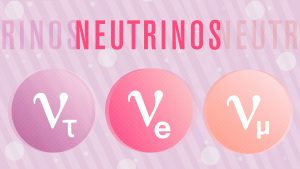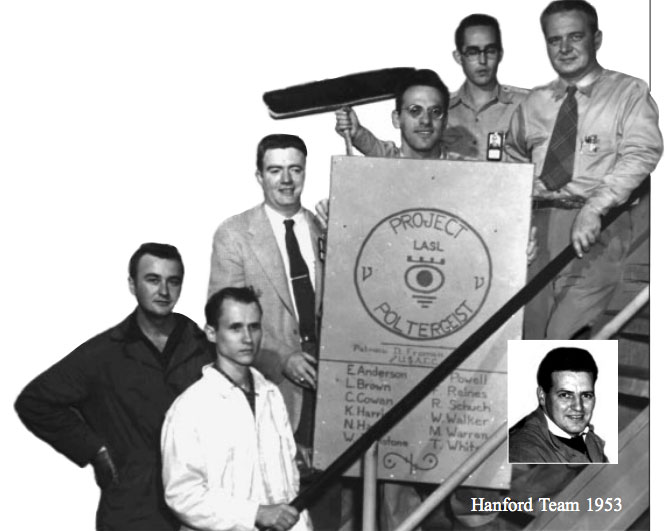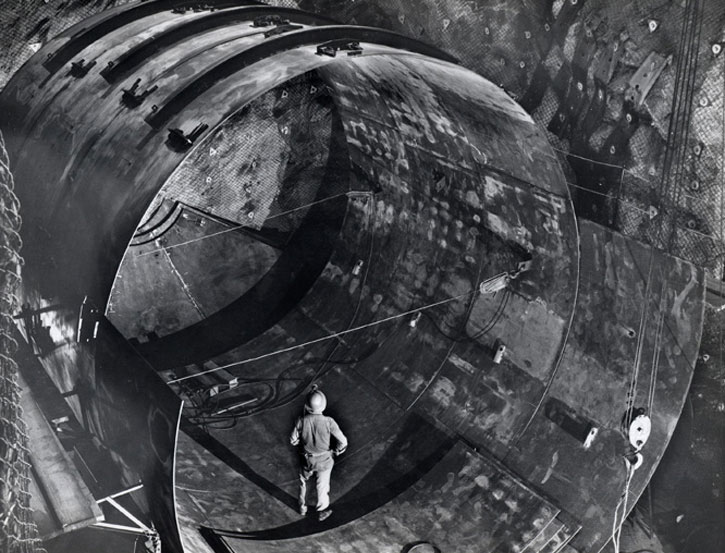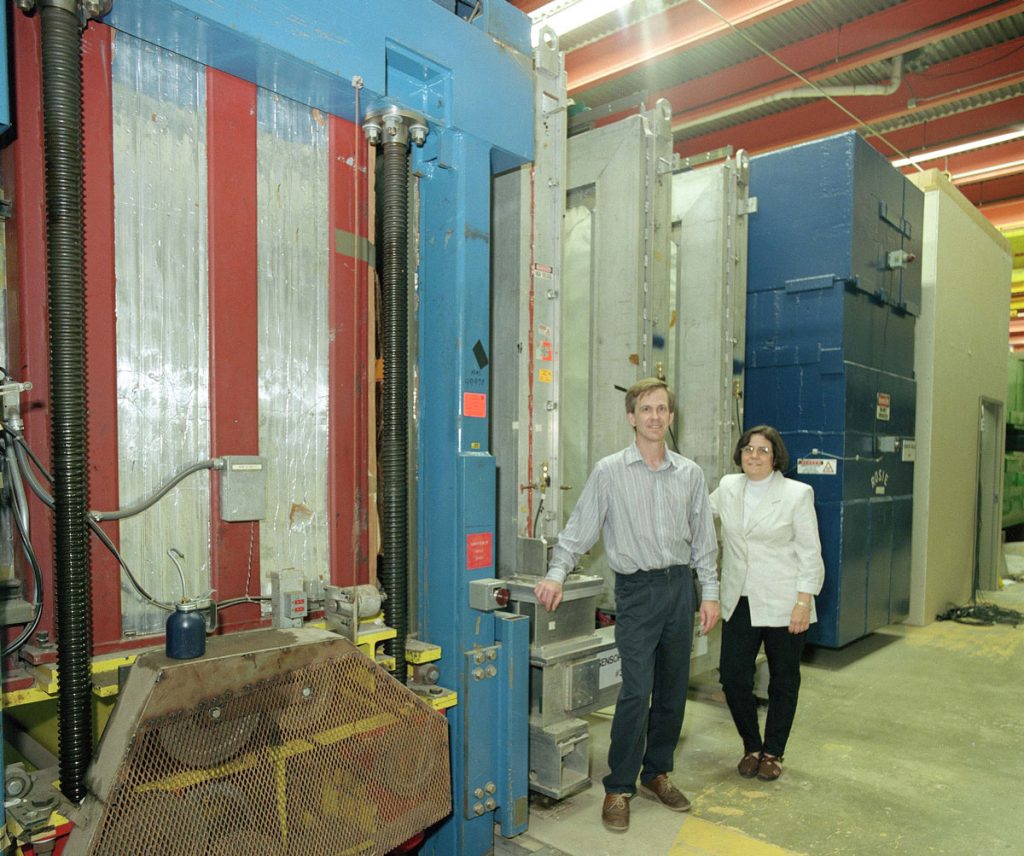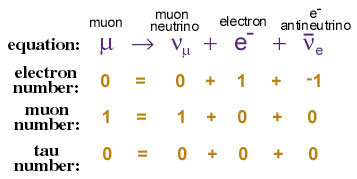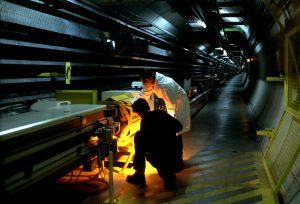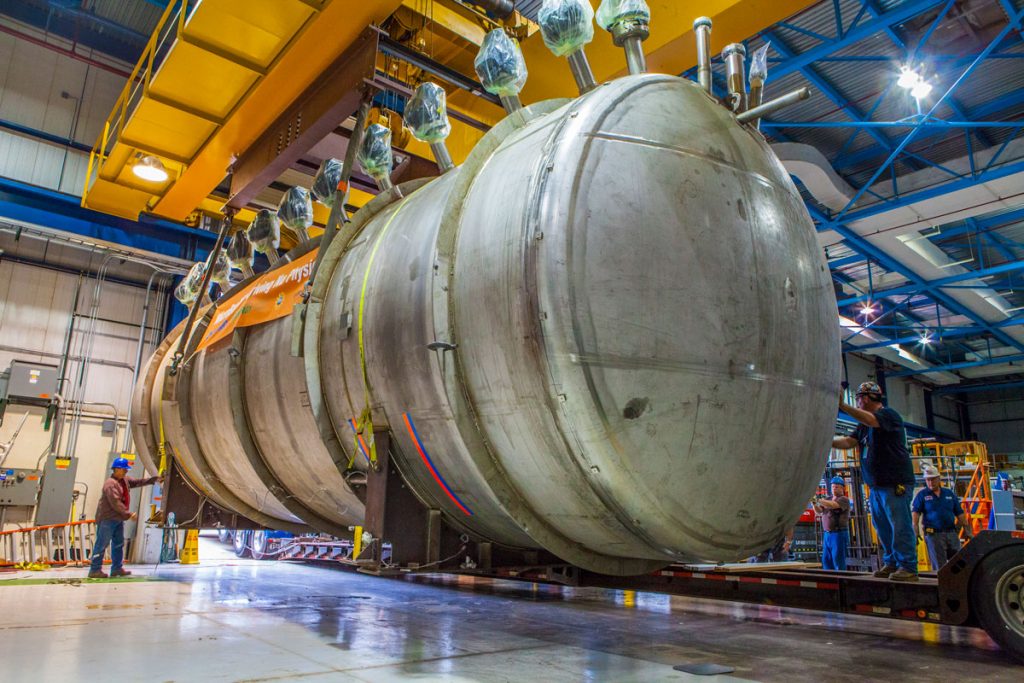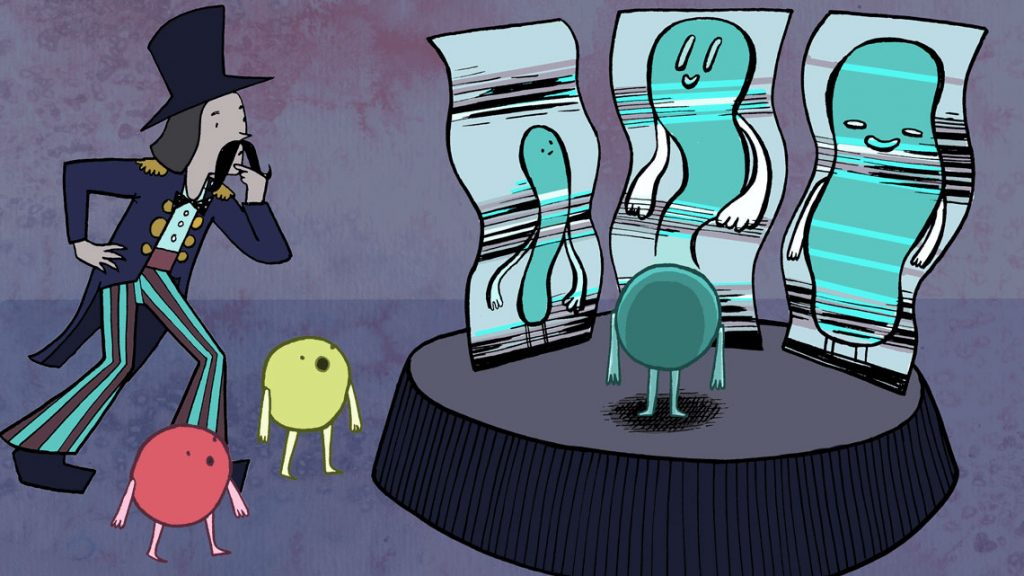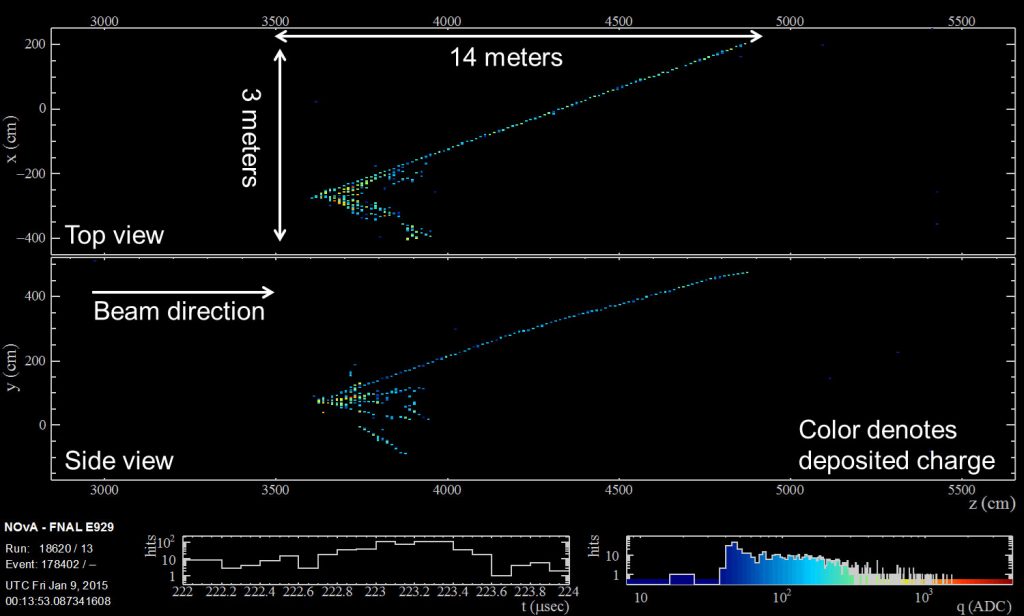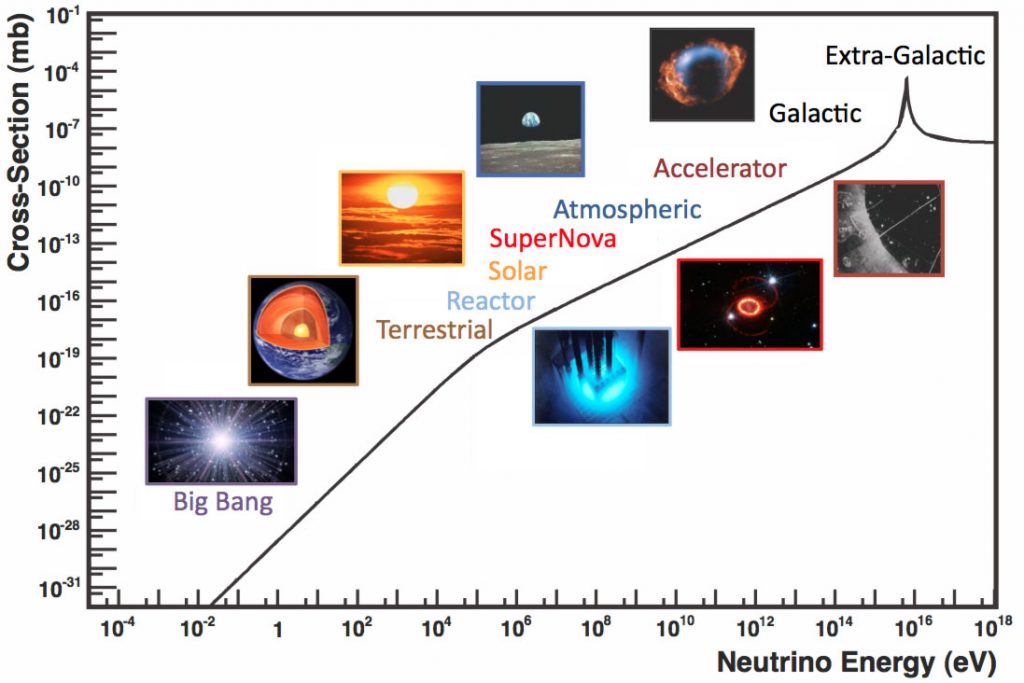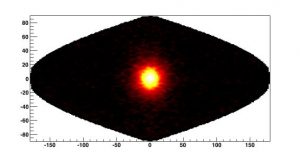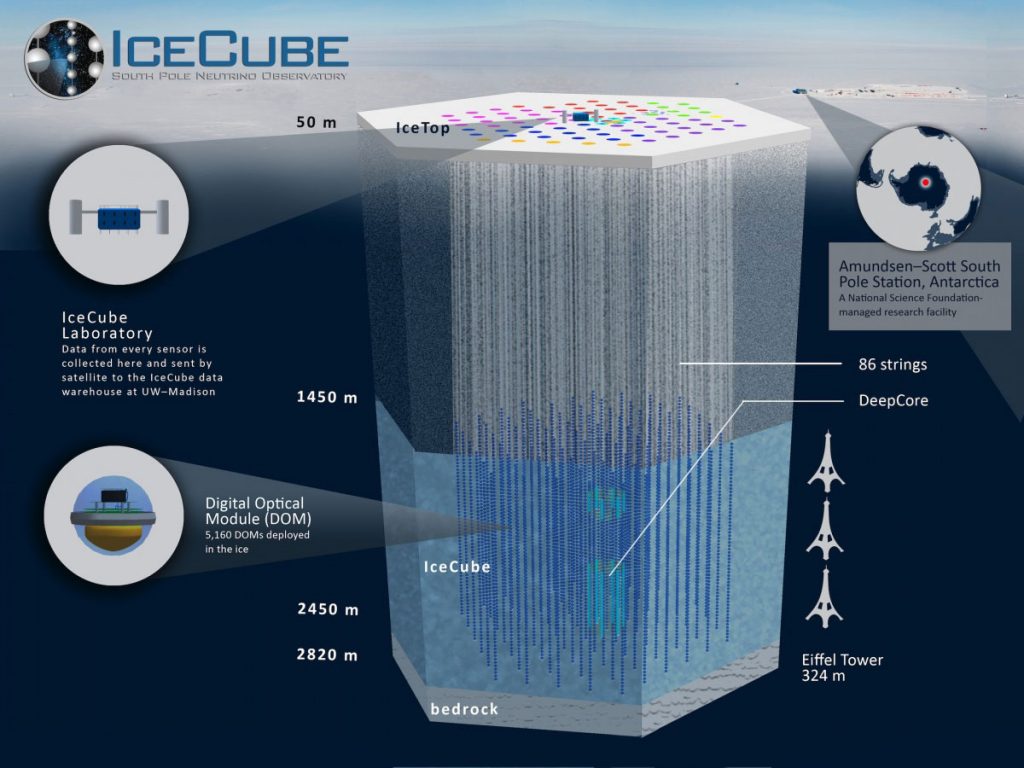UPDATED - MAY 25, 2021
Common Covid Viral Questions Answered
1
Do vaccinations help prevent the spread of COVID-19?
Currently authorized vaccines in the United States are highly effective at protecting vaccinated people against symptomatic and severe COVID-19.
Additionally, a growing body of evidence suggests that fully vaccinated people are less likely to have asymptomatic infection or transmit SARS-CoV-2 to others. May 13, 2021
2
Does the Pfizer COVID-19 vaccine reduce the transmission of COVID-19?
Preliminary data from Israel suggest that people vaccinated with Pfizer-BioNTech COVID-19 vaccine who develop COVID-19 have a four-fold lower viral load than unvaccinated people. This observation may indicate reduced transmissibility, as viral load has been identified as a key driver of transmission. Apr 2, 2021
3
Can you get Covid if you are vaccinated?
What are your chances of getting coronavirus if you're fully vaccinated? According to medical experts, so-called breakthrough cases -- cases where fully vaccinated individuals test positive for coronavirus -- are possible, but have so far been rare. May 18, 2021
4
How long does the Covid vaccine protect you?
The vaccine was effective at over 90%. Now they only studied 6 months because that's what's required by the FDA for full approval, but they're going to continue to study for many months, and even years. And the point of this is, there's protection for at least six months, not only six months. Apr 23, 2021
5
Will Covid test be positive after vaccine?
Key takeaways: The COVID-19 vaccine won't make you test positive for COVID, though you may test positive for antibodies. Fever, chills, muscle pain, headaches, fatigue, and arm pain are expected side effects of the vaccine and do not mean you have COVID-19. Apr 12, 2021
6
Can I get a Covid test after the vaccine?
When you get the vaccine, the AstraZeneca one, it helps your body recognise parts of that virus but it does not contain itself. So, once you get the vaccine you will not test positive for COVID-19 PCR test. Apr 13, 2021
7
Does Covid vaccine make you immune?
COVID-19 vaccines help our bodies develop immunity to the virus that causes COVID-19 without us having to get the illness. Different types of vaccines work in different ways to offer protection. Mar 9, 2021
8
One in four Americans refuse vaccination. What does this mean?
The numbers who may refuse the vaccine remain potentially too high to contain a respiratory virus such as SARS-CoV-2, which requires a large segment of the population to be immune. Apr 7, 2021
9
Does the coronavirus disease cause health complications?
Your blood may not supply your organs with enough oxygen to survive. This can cause your kidneys, lungs, and liver to shut down and stop working. Not everyone who has COVID-19 has these serious complications. And not everyone needs medical care. But if your symptoms include trouble breathing, get help right away Feb 3, 2021
10
Is coronavirus more contagious than the flu?
While COVID-19 and flu viruses are thought to spread in similar ways, COVID-19 is more contagious among certain populations and age groups than flu. Also, COVID-19 has been observed to have more superspreading events than flu.
11
What are the Long-term health problems of COVID-19?
SARS-CoV-2 infection can leave some people with heart problems, including inflammation of the heart muscle. In fact, one study showed that 60% of people who recovered from COVID-19 had signs of ongoing heart inflammation, which could lead to the common symptoms of shortness of breath, palpitations and rapid heartbeat. Apr 1, 2021
12
How does Covid affect bodily functions?
A number of brain-related conditions have been seen in COVID-19 patients, including strokes, seizures, and brain fog, which may be the result of inflammation, organ failure, or oxygen deprivation caused by the virus.
In Summary...
Long-Term Effects
Updated Apr. 8, 2021
Although most people with COVID-19 get better within weeks of illness, some people experience post-COVID conditions.
Post-COVID conditions are a wide range of new, returning, or ongoing health problems people can experience more than four weeks after first being infected with the virus that causes COVID-19. Even people who did not have symptoms when they were infected can have post-COVID conditions.
These conditions can have different types and combinations of health problems for different lengths of time.
CDC and experts around the world are working to learn more about short- and long-term health effects associated with COVID-19, who gets them, and why.
Types of Post-COVID Conditions
Long COVID
Long COVID is a range of symptoms that can last weeks or months after first being infected with the virus that causes COVID-19 or can appear weeks after infection. Long COVID can happen to anyone who has had COVID-19, even if the illness was mild, or they had no symptoms. People with long COVID report experiencing different combinations of the following symptoms:
- Difficulty thinking or concentrating (sometimes referred to as “brain fog”)
- Fast-beating or pounding heart (also known as heart palpitations)
- Difficulty breathing or shortness of breath
Symptoms that get worse after physical or mental activities
Multiorgan Effects of COVID-19:
Multiorgan effects can affect most, if not all, body systems including heart, lung, kidney, skin, and brain functions. Multiorgan effects can also include conditions that occur after COVID-19, like multisystem inflammatory syndrome (MIS) and autoimmune conditions.
MIS is a condition where different body parts can become swollen.
Autoimmune conditions happen when your immune system attacks healthy cells in your body by mistake, causing painful swelling in the affected parts of the body.
It is unknown how long multiorgan system effects might last and whether the effects could lead to chronic health conditions.
Effects of COVID-19
Treatment or Hospitalization
Post-COVID conditions also can include the longer-term effects of COVID-19 treatment or hospitalization.
Some of these longer-term effects are similar to those related to hospitalization for other respiratory infections or other conditions.
Effects of COVID-19 treatment and hospitalization can also include post-intensive care syndrome (PICS), which refers to health effects that remain after a critical illness.
These effects can include severe weakness and post-traumatic stress disorder (PTSD). PTSD involves long-term reactions to a very stressful event.
FURTHER RESOURCES
Coronavirus Info -
Opinion: This is the most dangerous moment to be unvaccinated -
















